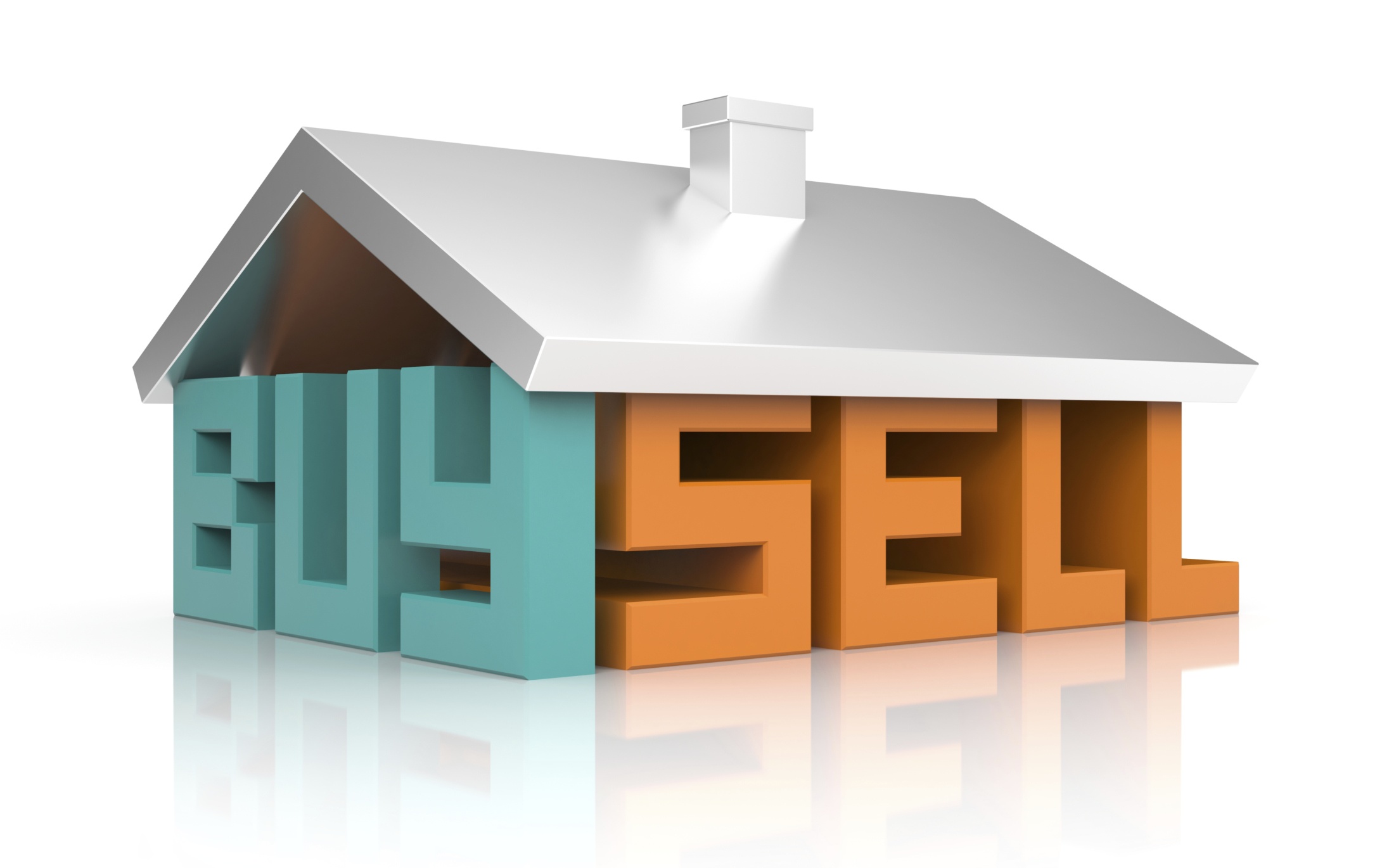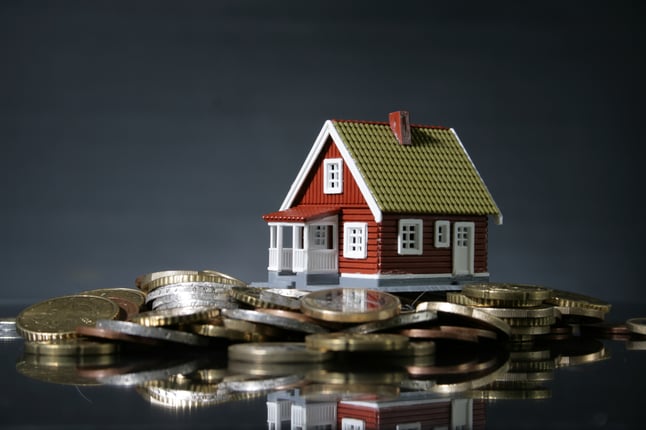How to Flip a House in Today’s Real Estate Market
- May 11, 2016
- residential real estate, Tips
- 0

Real estate investors profit greatly off buying homes and selling them quickly at a higher price. But, this practice is not as easy as it sounds. If you are interested in a high-risk/high-reward proposition, these seven strategies will teach you the basics of how to flip a house on Long Island.
How to Flip a House in 7 Steps
1. Understand the Risks
When flippers buy a house, they are taking the chance that the property may decrease in value or they may not be able to sell it at all.
If you are willing to learn how to flip a house, there could be a big payday around the corner.
But before making a quick purchase, make sure to protect yourself with a few exit strategies in case the residential real estate market turns downward.
2. Know the Local Market
It’s in investors’ best interests to know the real estate market where they are investing.
Do research on different communities in Nassau County and Suffolk County to determine which locations have the best value.
Also, look into the demographics of different neighborhoods you are considering to see who would be the likely buyers.
Finally, figure out what the price points are for houses in the locations you select.
3. Choose the Right Property
While there are many available options in the Long Island housing market, choosing the right property at the right time helps you make the most of your investment.
There’s no one formula for how to flip a house. But, properties that are located in high-traffic areas are often a better bet, because they are generally sold more rapidly.
Common House-Flipping Challenges
- Finding a quality house at a low price
- Hiring reasonable, reliable contractors
- Having enough money to finance the deal
- Selling at enough of a profit to compensate for time and expenses

4. Develop a Timeline
If you are flipping a house, time is of the essence.
By setting a realistic timeframe, you can hold yourself to a schedule even when the unpredictable happens. Set target dates for when each stage of renovations should be completed (if applicable), and when you would like the property to go on the market.
5. Finance the Deal
Investors need to be able to first finance the purchase of a house before they can do anything else. Some deals are cash, while other investors use home mortgage loans to complete the purchase.
6. Complete Repairs
Unless you are selling a house as-is, it will need repairs and upgrades before selling. What type of work is necessary will depend on what condition the property was in when you bought it. While they may be time and labor-intensive, repairs and upgrades can yield a bigger payday.
Types of House Flips:
- As-is
- Minor Rehab
- Major Rehab
7. Stage the House Perfectly
When selling the house, many traditional real estate maxims, such as staging a house, apply. It will be easier to flip the house to another buyer, if it appears more attractive from the inside out. Focus on necessary improvements, but don’t forget landscaping and furnishings.
Flipping houses is a real estate investing strategy that can provide a return on your investment, which is worth more than the risk.








